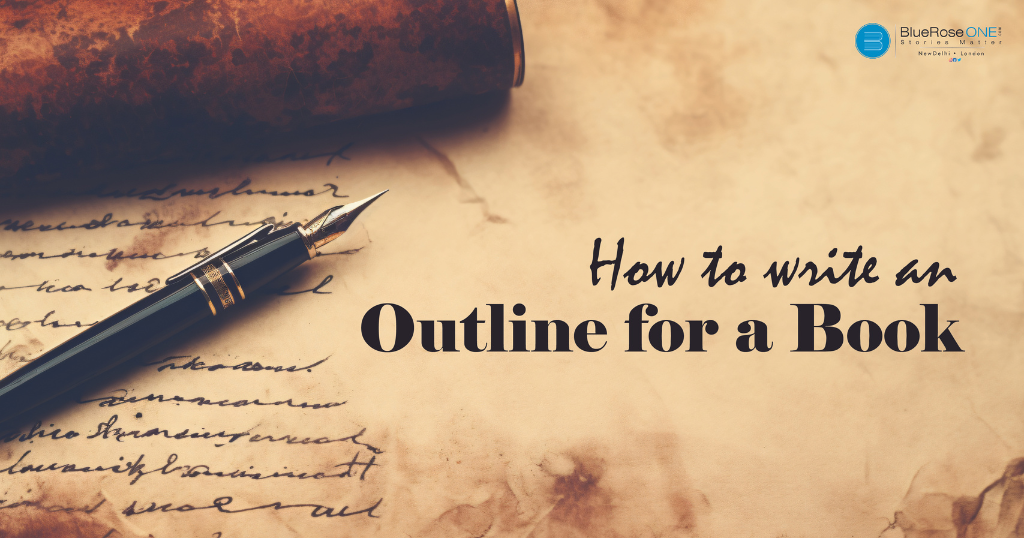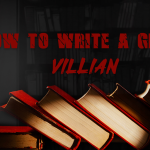Writing a book is a massive undertaking, but a well-structured outline may make the process much more manageable and enhance your chances of success. An outline acts as a road map, leading you through the complex trip of storytelling, keeping you on track, and ensuring your tale runs smoothly.
In this article, we will look at how to create an excellent book outline. Whether you’re a first-time writer or a seasoned expert trying to expedite your approach, these tips will help you create a captivating and well-organized outline that will serve as the basis for your literary masterpiece.
What is the Basic Outline Format?
A basic book outline typically consists of three main components: the beginning, the middle, and the end. Each of these segments can be further divided into chapters, scenes, or key events, depending on your preference and the complexity of your story. Here’s a breakdown of the basic outline format:
- Beginning: This section introduces the main characters, setting, and the central conflict or problem. It sets the stage for the story and hooks the reader’s interest.
- Middle: The middle part of the outline includes the development of characters, the progression of the plot, and the unfolding of various events, conflicts, and subplots. It forms the bulk of your story.
- End: The conclusion outlines how the story resolves, tying up loose ends and providing closure for the reader.
This basic structure provides a solid foundation for your book’s narrative arc. However, it’s essential to tailor your outline to your specific story and genre.
What Are the 5 Steps to Writing an Outline?
Creating a book outline can be broken down into five key steps:
- Brainstorm and Develop Ideas: Allow your ideas to flow freely throughout this early phase. Begin by outlining the key parts of your narrative, such as the place, characters, and main plot points. Think about the overall ideas and the message you want to send to your audience. This brainstorming approach allows you to explore many story possibilities and concepts, laying the groundwork for a distinctive and interesting tale.
- Arrange the three acts as follows: The three-act format is a timeless storytelling framework. Divide your tale into three acts: introduction, middle, and conclusion. The first act establishes the characters, scene, and principal conflict. The middle section expands on the storyline, characters, and subplots while increasing tension and conflict. The conclusion settles the core conflict, ties up loose ends, and brings closure. Identify pivotal moments and turning points within each act to create a cohesive and well-paced narrative.
- Make chapter or scene summaries as follows: Divide each act into smaller sections, such as chapters or scenes. Write concise descriptions of the important events, character development, and conflicts for each of these units. Include important facts to provide you with a clear path as you write. These summaries can help you keep focus and direction while ensuring your tale flows smoothly.
- Maintain your flexibility: Flexibility is essential during the creative process. Be open to fresh ideas and modifications as you go further into your tale when outlining. Writing is a dynamic adventure, and your characters may take you in unexpected ways at times. Accept these shocks and be ready to modify your plan if needed. Flexibility enables spontaneous narrative and can lead to richer, more authentic narratives.
- Review and Refine: After completing your initial outline, take the time to review it for coherence and flow. Ensure that the sequence of events makes sense and that the narrative maintains a logical progression. Make any necessary adjustments to refine the outline, fine-tuning the structure to ensure that your story flows smoothly. A well-structured outline serves as a solid foundation for your writing, making the entire process more efficient and enjoyable while helping you stay on track with your storytelling goals.
How to Write an Outline for a Fiction Book:
1. Determine your genre and audience. Before you start outlining, identify the genre of your fiction book (e.g., romance, mystery, science fiction) and the target audience (e.g., young adults, fantasy enthusiasts).
2. Define your premise and central theme: Write a concise statement that encapsulates the core idea of your story and the central theme you want to explore.
3. Create a three-act structure:
Act 1 (Beginning):
Introduce the main character(s).
Set the setting and time frame.
Present the inciting incident or problem.
Establish the story’s tone and mood.
Act 2 (Middle):
Develop the plot and characters.
Introduce subplots and conflicts.
Build tension and suspense.
Include rising action and character growth.
Act 3 (end):
Resolve the central conflict.
Tie up loose ends and subplots.
Provide a satisfying conclusion.
Leave room for an epilogue if necessary.
4. Break down each act into chapters or scenes: Divide each act into smaller segments, outlining the major events, character development, and plot twists in each. Be flexible with this structure as your story evolves during the writing process.
5. Develop character profiles: Create detailed descriptions of your main and supporting characters, including their backgrounds, motivations, and character arcs.
6. Incorporate key settings: Outline the locations or settings that play a significant role in your story, describing them in enough detail to immerse your readers.
7. Include important dialogue and key scenes: Identify critical conversations and pivotal scenes that move the plot forward or reveal essential character traits.
8. Outline character relationships: Highlight how characters interact with each other, emphasising conflicts, alliances, and evolving relationships.
9. Create a timeline: If your story has a specific time structure or significant events that need to occur in a particular sequence, create a timeline to keep track of these elements.
How to Write an Outline for a Nonfiction Book:
1. Define your book’s purpose: Clearly articulate the purpose and objectives of your nonfiction book. What do you want to accomplish? What knowledge or message do you want to convey to your readers?
2. Identify your target audience: Determine who your ideal readers are and tailor your content to meet their needs and expectations.
3. Organise your ideas:
Part or chapter titles: Begin by listing the main parts or chapters of your book. Each part or chapter should focus on a specific aspect of your topic.
Subsections: Within each part or chapter, create subsections that delve deeper into the topic. These can be organised hierarchically to show the flow of ideas.
4. Create a table of contents: Based on your outlined parts, chapters, and subsections, create a preliminary table of contents for your book. This will serve as a high-level overview of your book’s structure.
5. Expand on each part, chapter, and subsection: For each section of your outline, write a brief summary or description of what you intend to cover. Include key points, arguments, and examples you plan to incorporate.
6. Research and gather supporting material: Identify the research, data, anecdotes, or quotes you need to support your points. Make a note of the sources you plan to reference.
7. Arrange your content logically: Ensure that the content in each section flows logically and coherently. Use transitional phrases or summaries to connect sections.
8. Review and revise: Periodically review and refine your outline as your research and writing progress. Make adjustments as needed to ensure your book maintains a clear and organised structure.
Creating an outline for a book, whether fiction or nonfiction, is an essential step that can save you time and guide your writing process. It provides a framework for your ideas and helps maintain a cohesive and engaging narrative for your readers. Remember that your outline is a flexible tool; you can adapt it as your writing evolves and your book takes shape.
How Do I Make an Outline for My Essay?
Outlining an essay follows a similar process, albeit on a smaller scale. Start with your thesis statement, which serves as your essay’s main point, and then create subsections or bullet points for each supporting argument or idea. For example:
I. Introduction
A. Hook
B. Thesis Statement
II. Body
A. Supporting Argument 1
1. Evidence;
2. Examples
B. Supporting Argument 2
1. Evidence;
2. Examples
III. Conclusion
A. Restate Thesis
B. Summarise Key Points
C. Closing Thoughts
This essay outline format ensures that your arguments are organised logically, making it easier for you to write a cohesive essay.
What is the 5-paragraph outline format?
The 5-paragraph outline format is a simplified structure often used for essays, particularly in academic settings. It consists of five main sections:
- Introduction: Contains the hook, background information, and the thesis statement.
- Body Paragraph 1: Presents the first supporting argument or idea, along with evidence and examples.
- Body Paragraph 2: Presents the second supporting argument, with evidence and examples.
- Body Paragraph 3: Presents the third supporting argument, with evidence and examples (optional).
- Conclusion: Restates the thesis, summarises key points, and provides a closing thought.
This format provides a concise structure for essays but may not be suitable for more complex writing projects like books.
Creating a well-structured outline is a crucial step in the writing process, whether you’re working on a book, an essay, or a story. It provides you with a clear roadmap, helping you stay organised and focused on your writing goals. By following the steps outlined in this blog, you can craft an effective outline tailored to your specific project, setting yourself up for success in your writing endeavors. So, whether you’re embarking on a literary journey or composing an academic essay, remember that a thoughtful outline is your key to a smoother and more productive writing experience.
















